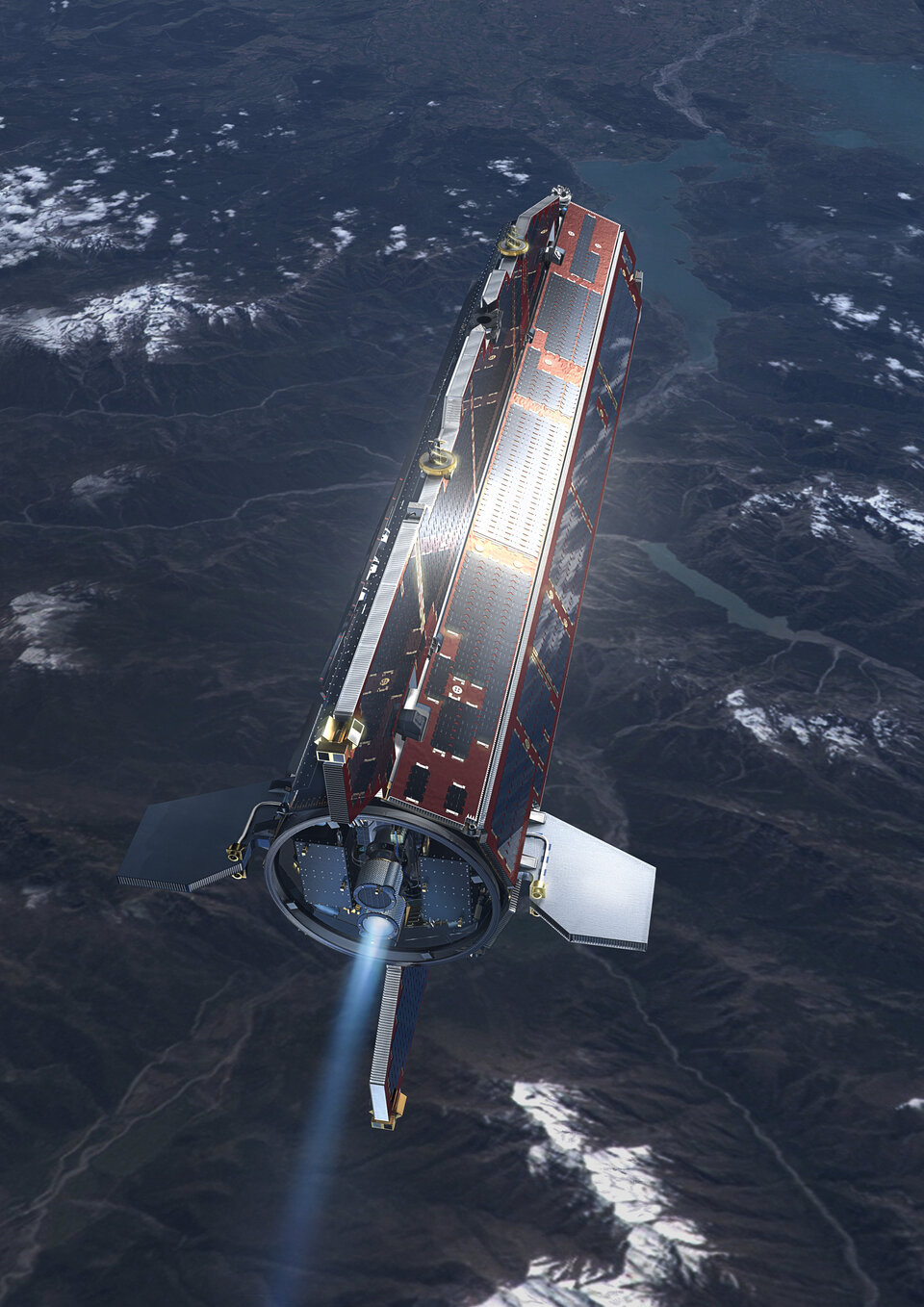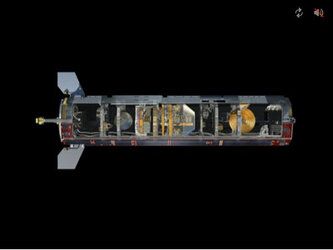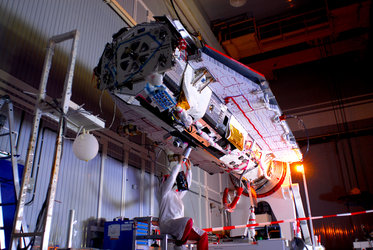Technology potential for the future
The technologies proven by GOCE are likely to find further application in enabling a new class of next-generation science missions that require extreme stability and positioning control. These include ESA's LISA Pathfinder and France's Microscope missions, which both seek to investigate how test masses behave when cut off from all other forces acting upon them, down to and including solar radiation pressure, operating to a high level of precision in orbits further from Earth.

And if multiple spacecraft can maintain their position in space to a very high degree of accuracy then a scientifically valuable technique called interferometry becomes possible. This involves combining light or radar waves together to produce more data than a single satellite could provide. Interferometry forms the basis of ESA's three-satellite LISA mission to detect gravitational waves, as well as the Darwin space telescope aimed at combining light from a trio of satellites to detect Earth-like planets around other stars.
GOCE's expected success could open up access to very low altitude orbits for future Earth-observing spacecraft. While these missions typically fly at around 800 km today, the ability to fly closer in future would potentially yield improvements in optical or radar resolution. And any follow-on gravity-detecting mission would have uses including monitoring changing ocean currents and ongoing earth movements such as isostatic uplift.
Meanwhile the techniques and materials ensuring GOCE's high thermal stability are available to future missions planned to venture much closer to the heat of the Sun: the Bepi-Colombo mission to Mercury, and Solar Orbiter, intended to approach just a one fifth Earth's distance from our nearest star, where it will be exposed to 20 times more intense sunlight and powerful bursts of atomic particles.









